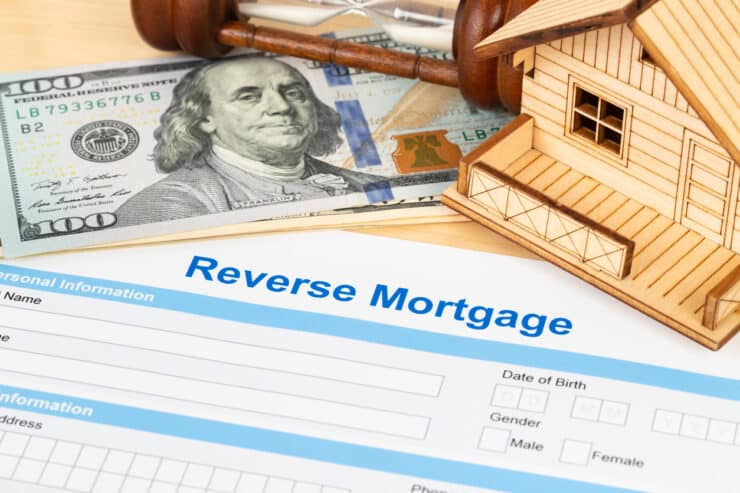Reverse mortgages can be attractive to older people looking to gain some additional income. However, just like anything, there are pros and cons. Let’s take a look at reverse mortgages and its benefits and drawbacks.
What is a Reverse Mortgage?
A reverse mortgage gets its name because unlike a regular mortgage, in which you pay a lender, a lender pays you. It’s a loan that allows you to borrow part of your home’s equity as tax-free income.
Who Can Get a Reverse Mortgage?
While not all lenders use the same criteria, most of the time, to qualify for a reverse mortgage, you must have paid off your regular mortgage. You also must usually be 62 or older, have no federal debt and the home must be your primary residence.
What are the Benefits of a Reverse Mortgage?
The main benefit of a reverse mortgage is that it provides additional income when money can be tight. The money isn’t taxable income and though there is interest, those charges can be absorbed into your loan’s balance. Keep in mind: you will need to pay that eventually. There’s even some flexibility in how you get the money — you can receive a lump sum or monthly installments.
What are the Drawbacks of a Reverse Mortgage?
The biggest drawback of a reverse mortgage comes if you die or leave the home before the loan is paid off. If the loan exceeds the value of the home at that time, whoever inherits the home also inherits that debt. The interest that is added to the loan can also be a problem. Reverse mortgages have variable interest rates, and if those rates go up, you might find yourself stuck with a hefty bill. Reverse mortgages can be helpful, but only if you carefully think it through and form a plan for dealing with it and its complexities.






